A Multiyear Approach to Student-Driven Investigations in Exercise Physiology
Document Type
Article
Publication Title
Advances in Physiology Education
Publisher
American Physiological Society
Publication Date
12-2009
Abstract/ Summary
Many undergraduate institutions offer individual research opportunities for upper-level students in independent study courses and summer undergraduate research programs. These are necessarily limited to a small number of students. Greater numbers of students can benefit from incorporating student-directed investigative experiences into laboratories in standard courses. In human performance investigations, any single course may not offer sufficient numbers of subjects to adequately test hypotheses comparing population groups or to examine longitudinal trends. In this exercise physiology course, exercise testing was conducted in three areas: 1) techniques of body composition analysis, 2) field tests for the estimation of maximal oxygen consumption, and 3) maximal anaerobic and aerobic power. All students enrolled over a 10-yr period participated as subjects and as testers. Working in small research groups, students added their results to those from previous years, generated a variety of hypotheses (correlations between tests, subgroup differences, etc.), and tested them statistically using the complete data set of 217 subjects. They then engaged in collaborative writing and peer review to prepare formal papers on their results. The multiyear approach allowed students to situate their work within and contribute to the accumulation of a large database and to practice essential scientific skills of hypothesis formation, data collection and analysis, collaborative work, and scientific communication. In addition, due to the larger number of subjects available to analyze, students observed statistically significant differences between test groups in the multiyear database that they were unable to demonstrate when conducting analysis on a single course. Finally, the large number of subjects and statistical power offered by the use of the database provides distinct pedagogical advantages.

